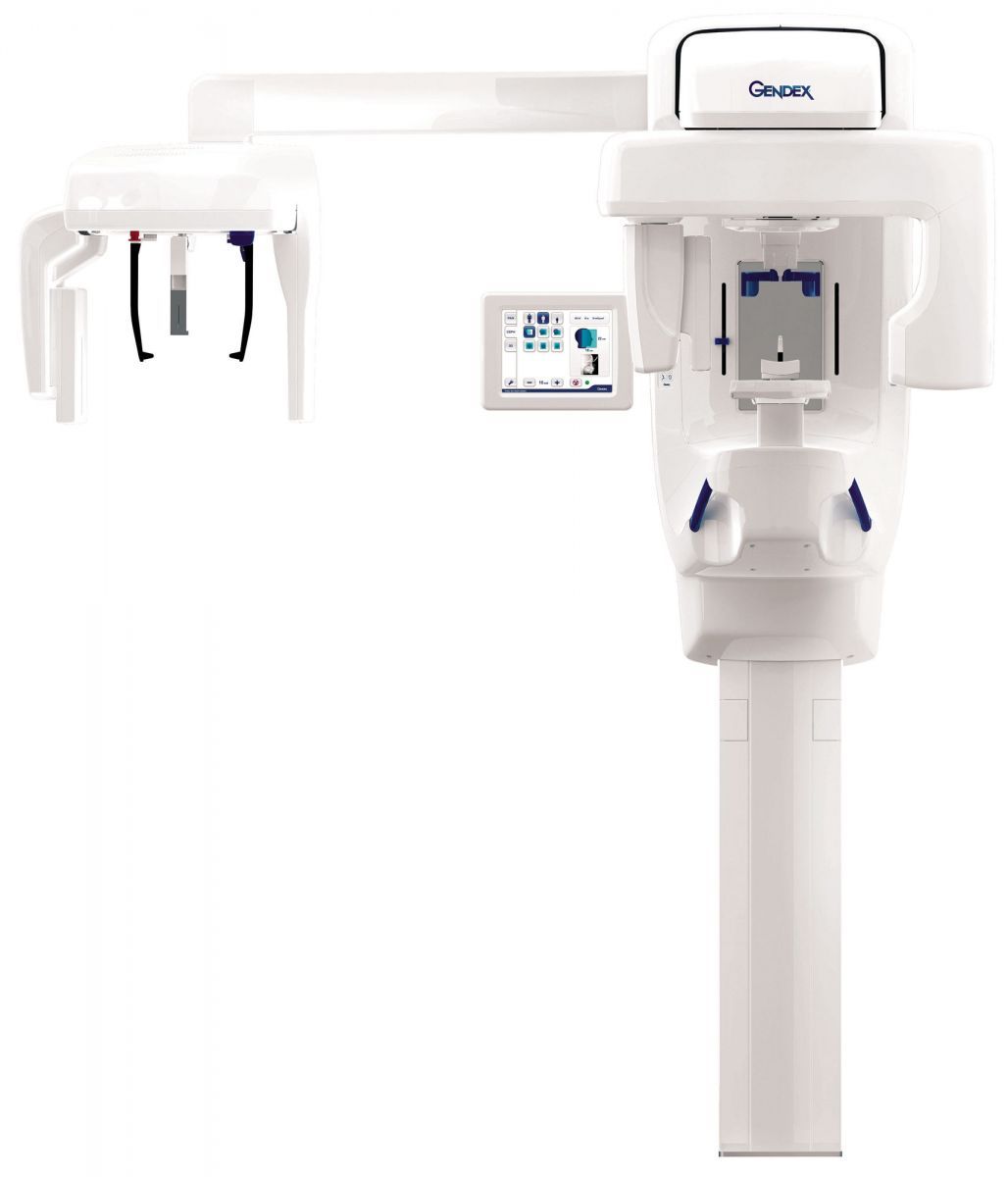Dr. Michael Dachowski can offer his patients less pain, better healing with Gendex 3D imaging technology
Oral surgeon Dr. Michael Dachowski tells us how Gendex digital radiography systems help him provide the best possible care to his patients.
Oral surgeon Dr. Michael Dachowski tells us how Gendex digital radiography systems help him provide the best possible care to his patients.
Gendex
Q: What are the reasons that you choose Gendex products for your office?
MD: With more than 100 years in business, Gendex has grown over many generations. I feel an affinity for this company because I know the importance of basing my practice philosophy on a trusted legacy. I bought my first Gendex intraoral x-ray in 1989, but this was not the first time that I became acquainted with this company. My dad, Dr. Edward Dachowski, started his dental practice in 1956. My dad insisted on quality in materials or equipment, and he always chose General Electric for his radiology machines. In 1983, after GE divided its medical and dental divisions, Gendex got its new name. The engineering, workmanship, and support from the company, together with today’s advanced technology, result in rock-solid machines that represent an amazing value.
Q: How did you become familiar with the newer Gendex technology?
MD: I am honored to have been chosen by Gendex as a pilot office, most recently for the GXDP-700™ pan/ceph/3D. From this process, I have witnessed that Gendex does not release new machines until they are sure of consistent, quality performance.
Q: What types of Gendex technology do you have in use?
MD: In my office in Doylestown, Pa. and in the Holy Redeemer Hospital office in Meadowbrook, Pa., we have GXS-700™ sensors, a Gendex Orthoralix 8500 DDE panoramic x-ray, a GXCB-500™ Cone Beam Computed Tomography (CBCT) unit, and my newest acquisition, a GXDP-700 pan/ceph/3D.
Q: Why is it important to keep current on new technology for the dental practice?
MD: As dentists, we need to do what is best for our patients. We are not just performing dental procedures. Attached to this mouth is a patient, and he or she needs to understand why the procedure is needed and what you are going to do. Patients appreciate that you have taken the time and money to invest in technology that will improve their care and help them to comprehend their situation. This builds trust, and results in greater case acceptance.
Q: Why did you integrate 3D imaging into your practice?
MD: The 3D scans allow me to view the roots, bone, nerves, and other anatomical structures that are important to visualize for implants and other surgical procedures, as well as patient education. Patients with mandibular fractures can now actually see and therefore understand their fracture as they enter treatment, increasing compliance and helping in their recovery. The scans also allow me to view impacted canines and supernumerary teeth, which is very helpful for my young patients. Seeing a 3D anatomically exact scan allows me to be much less invasive with surgery. I can target the location of the supernumerary or impacted tooth and minimize the exploratory phase of surgery. This results in more efficient surgery, less trauma, less swelling, less pain, and better healing.
FEATURED PRODUCTS

NEW GXDP-300 Digital Pan
The GXDP-300 incorporates the features you are looking for: the most commonly-used imaging modes; a simple, three-step pan process; and a sleek, compact body design that’s built for long life.

NEW GXDP-700 Pan/Ceph/3D
This dynamic system starts with a digital panoramic with sophisticated styling and an ergonomic design including an advanced touchscreen interface. The GXDP-700 is a modular system, upgradable from panoramic to Cephalometrics or 3D Cone Beam with expandable field-of-view, or both.

GXS-700 Digital Sensors
The GXS-700 is designed to make migrating from film, or upgrading a digital system, easier than ever. From ease-of-use and USB portability, to enhanced acuity and sustainability, these new sensors underscore our desire and commitment to help advance your practice with innovative and affordable solutions.

expert DC Intraoral X-ray
The latest DC intraoral x-ray from Gendex: Reliable, modern design, digital imaging integration, improves your practice workflow. Its industry-leading focal spot of 0.4 mm creates significantly sharper images than other intraorals, regardless if you operate with digital sensors, PSP, or film.
ACTIVA BioACTIVE Bulk Flow Marks Pulpdent’s First Major Product Release in 4 Years
December 12th 2024Next-generation bulk-fill dental restorative raises the standard of care for bulk-fill procedures by providing natural remineralization support, while also overcoming current bulk-fill limitations.